Home>Technology>Security & Surveillance>How To Open A Slam Lock Door
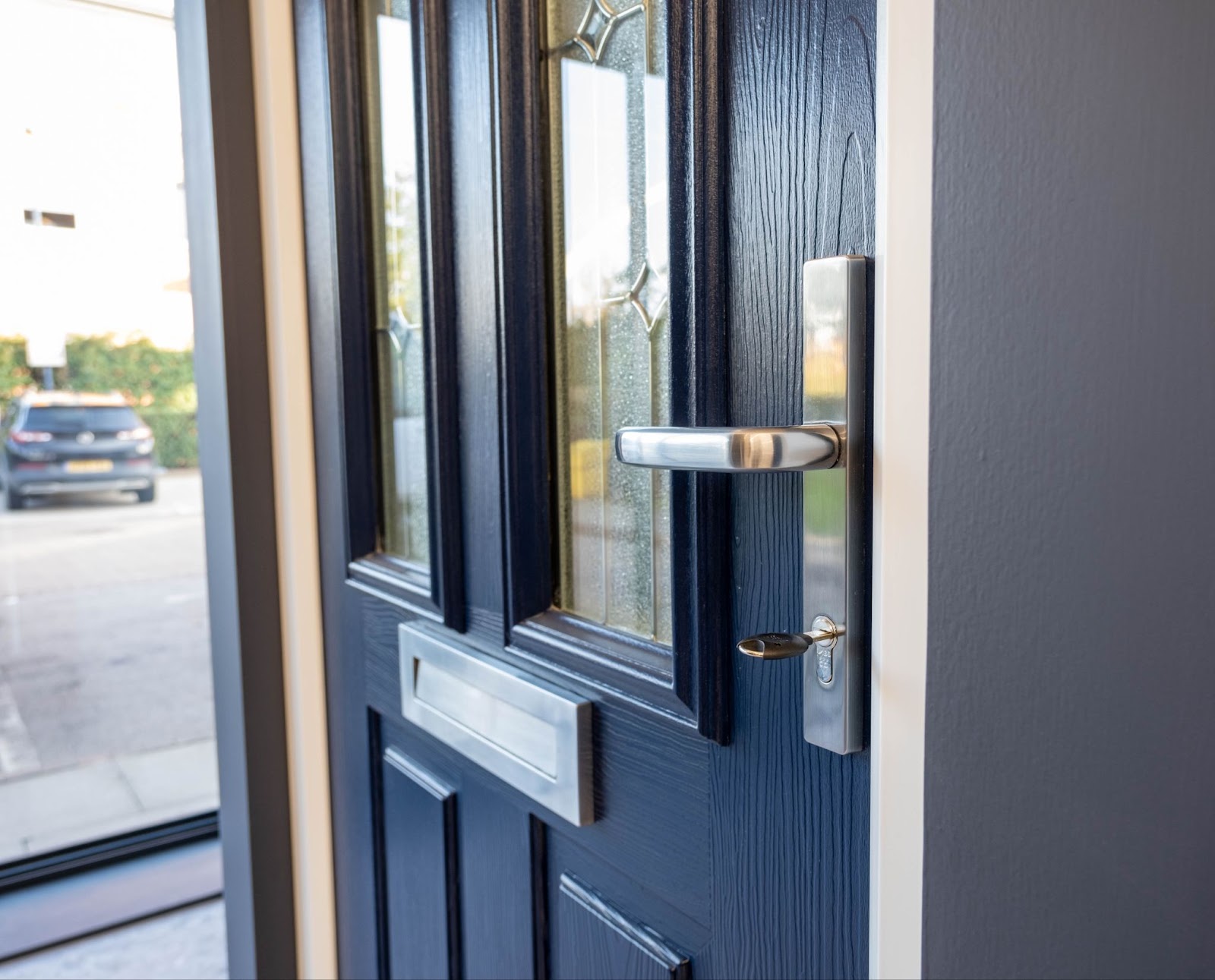

Security & Surveillance
How To Open A Slam Lock Door
Published: December 27, 2023
Learn how to open a slam lock door for your security and surveillance needs. Discover effective techniques and tips to ensure safety and convenience. Unlock the door with ease and confidence.
(Many of the links in this article redirect to a specific reviewed product. Your purchase of these products through affiliate links helps to generate commission for Storables.com, at no extra cost. Learn more)
Introduction
Welcome to the comprehensive guide on how to open a slam lock door. Whether you've accidentally locked yourself out or need to gain access to a slam lock door for any other reason, this article will equip you with the knowledge and skills to successfully navigate this situation. Slam lock doors are designed to automatically lock when closed, providing an added layer of security. However, this can pose a challenge when attempting to open the door without the proper understanding and tools.
In the following sections, we will delve into the intricacies of slam lock doors, the tools required for the task, and a step-by-step walkthrough of the process. By the end of this guide, you will feel confident in your ability to approach a slam lock door and successfully open it with ease.
So, let's embark on this enlightening journey and unravel the mystery of opening a slam lock door. Whether you're a homeowner, a security professional, or simply someone curious about the inner workings of these doors, this article is your go-to resource for mastering the art of opening a slam lock door.
Key Takeaways:
- Slam lock doors automatically secure when closed forcefully, enhancing security. Understanding the mechanics and using the right tools are crucial for successful unlocking.
- Opening a slam lock door involves assessing, inserting, turning the key, and finally opening the door with precision and patience. Mastering this process empowers individuals in security matters.
Read more: How To Open A Locked Shed Door
Understanding Slam Lock Doors
Before diving into the process of opening a slam lock door, it’s essential to grasp the fundamental principles behind these specialized locking mechanisms. Slam lock doors are designed to automatically latch and lock when they are closed forcefully, hence the term “slam” lock. This feature provides a convenient and efficient way to secure a door without the need for manually turning a key or engaging a separate locking mechanism.
Slam lock doors are commonly used in various settings, including residential homes, commercial properties, and industrial facilities. They offer a quick and reliable way to secure entry points, especially in high-traffic areas where frequent opening and closing occur. The automatic locking function of slam lock doors enhances security by reducing the risk of human error or forgetfulness in manually securing the door.
These doors typically incorporate a spring-loaded latch mechanism that engages when the door is forcefully closed. The internal components of a slam lock door are engineered to swiftly and securely lock the door upon impact, providing immediate protection against unauthorized entry.
Understanding the mechanics of a slam lock door is crucial for anyone seeking to open such a door, as it informs the approach and techniques required to bypass the automatic locking system. Additionally, familiarity with the construction and operation of slam lock doors empowers individuals to make informed decisions when selecting security measures for their properties.
Now that we’ve established a foundational understanding of slam lock doors, we can proceed to explore the specific tools needed to effectively open these doors in the next section.
Tools Required
Opening a slam lock door requires the use of specific tools to effectively manipulate the locking mechanism and gain access to the secured area. Before attempting to open a slam lock door, it’s essential to gather the necessary tools to ensure a smooth and successful process. Here are the primary tools required:
- Key: The key for the slam lock door is the primary tool needed to initiate the unlocking process. It is essential to have the correct key that corresponds to the specific slam lock in question. Without the appropriate key, attempting to open the door may prove futile.
- Lubricant: In some cases, the locking mechanism of a slam lock door may be stiff or difficult to operate. A suitable lubricant, such as graphite powder or silicone spray, can aid in easing the movement of internal components, making it easier to unlock the door.
- Flashlight: Proper illumination is crucial, especially when working on a slam lock door in low-light conditions or dimly lit areas. A reliable flashlight enables clear visibility of the lock and keyway, facilitating the precise insertion and manipulation of the key.
- Pliers: In situations where the key is stuck or difficult to turn within the lock, a pair of pliers can provide the necessary grip and leverage to maneuver the key and overcome any resistance.
- Lock Picking Tools (Optional): For advanced users or professionals with expertise in lock picking, specialized tools such as lock picks and tension wrenches may be employed to manipulate the internal components of the slam lock and achieve a successful unlock.
Having these tools readily available ensures that you are equipped to address various challenges that may arise when attempting to open a slam lock door. Additionally, it is important to exercise caution and adhere to legal and ethical guidelines when using these tools, especially in scenarios where professional locksmith services may be required.
With the necessary tools at your disposal, you are now prepared to embark on the process of opening a slam lock door, which will be outlined in the subsequent steps.
Step 1: Assess the Door
Before initiating the process of opening a slam lock door, it is crucial to thoroughly assess the door and its surrounding environment. This initial step sets the stage for a systematic and informed approach to unlocking the door. Here are the key aspects to consider when assessing the door:
- Identify the Type of Slam Lock: Determine the specific type of slam lock installed on the door. Different slam locks may have varying internal mechanisms and keyway configurations, necessitating a tailored approach to opening each type.
- Inspect the Keyway: Carefully examine the keyway, which is the channel or aperture where the key is inserted. Look for any signs of damage, debris, or obstructions within the keyway that may impede the smooth insertion and operation of the key.
- Check for Stiffness or Resistance: Test the door’s handle and locking mechanism to gauge the level of stiffness or resistance encountered when attempting to operate the lock. Note any irregularities or difficulties in turning the key within the lock.
- Assess the Surrounding Area: Take into account the immediate surroundings of the door, including lighting conditions, potential obstacles, and accessibility. Adequate lighting and a clear path to maneuver around the door are essential for a seamless unlocking process.
- Verify Ownership and Authorization: If you are attempting to open a slam lock door on a property where you are not the owner or authorized personnel, it is imperative to seek the necessary permission and legal authorization before proceeding further.
By thoroughly assessing these critical elements, you gain valuable insights into the specific challenges and requirements associated with opening the slam lock door. This informed approach lays the groundwork for the subsequent steps, ensuring a methodical and effective unlocking process.
Once the door has been carefully assessed and potential obstacles or issues have been identified, you can proceed to the next step, which involves inserting the key into the lock to initiate the unlocking procedure.
To open a slam lock door, simply push or pull the door to release the latch. If it’s stuck, try lifting the door slightly while pushing or pulling. If that doesn’t work, use a credit card or thin object to slide between the door and the frame to release the latch.
Step 2: Insert the Key
After completing a thorough assessment of the slam lock door and its surroundings, the next step in the unlocking process involves inserting the key into the lock. This pivotal step sets the stage for engaging with the internal mechanism of the lock and initiating the unlocking procedure. Here’s a detailed guide on how to effectively insert the key into the slam lock:
- Select the Correct Key: Ensure that you have the appropriate key that corresponds to the specific slam lock installed on the door. Using an incorrect or mismatched key can lead to complications and may hinder the unlocking process.
- Position Yourself Comfortably: Stand in front of the door and position yourself comfortably, ensuring that you have a clear view and easy access to the keyway. Adequate lighting and a stable stance are essential for precise key insertion.
- Align the Key Correctly: Orient the key in the correct position, aligning it with the keyway to facilitate smooth insertion. Avoid applying excessive force or inserting the key at an angle, as this may cause damage to the key or the lock.
- Apply Gentle Pressure: With a steady hand, apply gentle and consistent pressure to insert the key into the keyway. Exercise patience and avoid forcing the key, as this can lead to keyway damage or key breakage.
- Ensure Full Insertion: Insert the key fully into the keyway, ensuring that it reaches the deepest point within the lock. A fully inserted key optimizes the engagement with the internal components, setting the stage for the subsequent unlocking maneuver.
By following these steps, you can effectively position the key within the slam lock, preparing it for the pivotal turning motion that will initiate the unlocking process. The successful insertion of the key lays the foundation for the next step, which involves turning the key to manipulate the lock and secure access to the secured area.
Now that the key is securely inserted into the lock, we can proceed to the next step, where we will explore the process of turning the key to unlock the slam lock door.
Read more: How To Open Kwikset Door Lock
Step 3: Turn the Key
Having successfully inserted the key into the slam lock, the next critical step in the unlocking process is to turn the key within the lock. This pivotal action initiates the manipulation of internal components, ultimately leading to the release of the locking mechanism and the opening of the door. Here’s a detailed guide on how to effectively turn the key to unlock the slam lock:
- Ensure a Firm Grip: Grasp the key firmly between your thumb and forefinger, ensuring a stable and controlled grip. A secure hold on the key facilitates precise turning motions and minimizes the risk of slippage.
- Apply Smooth and Even Pressure: With the key securely held, apply smooth and even pressure to initiate the turning motion. Avoid abrupt or jerky movements, as these can disrupt the internal components of the lock.
- Observe Resistance and Feedback: Pay close attention to any resistance or feedback experienced when turning the key. Note the smoothness of the turning motion and be mindful of any unusual sensations that may indicate internal obstructions or irregularities.
- Engage the Locking Mechanism: As you turn the key, be attentive to the subtle cues that signal the engagement of the locking mechanism. This may manifest as a slight click or movement within the lock, indicating progress towards unlocking the door.
- Exercise Patience and Precision: Exercise patience and maintain a steady turning motion, allowing the internal components to respond to the key’s manipulation. Precision and attentiveness are key as you navigate the unlocking process.
By adhering to these guidelines, you can effectively navigate the turning of the key within the slam lock, setting in motion the intricate sequence of events that culminate in the successful unlocking of the door. The turning of the key serves as a direct interface with the lock’s internal mechanism, requiring attentiveness and finesse to achieve the desired outcome.
With the key turned and the lock’s internal components manipulated, we can now proceed to the final step, which involves opening the slam lock door to gain access to the secured area.
Step 4: Open the Door
With the key successfully turned within the slam lock, the final and gratifying step in the unlocking process is to open the door and gain access to the secured area. This culmination of the unlocking procedure brings forth the tangible outcome of your efforts, granting entry and restoring accessibility. Here’s a comprehensive guide on how to effectively open the slam lock door:
- Grasp the Door Handle: Approach the door and firmly grasp the door handle or knob, preparing to initiate the opening motion. Ensure a secure hold on the handle to facilitate a smooth and controlled maneuver.
- Apply Gentle Pressure: With a steady hand, apply gentle pressure to the door handle, initiating the upward or downward motion required to disengage the door’s locking mechanism. Exercise caution to avoid excessive force that may cause damage to the handle or the door itself.
- Observe the Door’s Response: As you apply pressure to the handle, observe the door’s response and be attentive to any resistance or irregularities. Note the smoothness of the door’s movement and be prepared to make adjustments if necessary.
- Complete the Opening Motion: Execute the full opening motion, allowing the door to swing open or pivot, depending on its design and configuration. Maintain control over the door’s movement to ensure a safe and unhindered opening process.
- Verify Unobstructed Access: Once the door is open, verify that the access pathway is clear and unobstructed, allowing for safe and convenient entry into the secured area. Address any potential obstacles or hazards to ensure a seamless transition.
By following these guidelines, you can effectively navigate the process of opening the slam lock door, culminating in the successful restoration of access to the secured area. The coordinated effort of turning the key and initiating the opening motion brings about the rewarding outcome of overcoming the slam lock’s automatic locking mechanism.
With the door open and access restored, you have successfully completed the process of opening a slam lock door. The systematic approach and attention to detail have led to a successful outcome, demonstrating your ability to navigate and overcome the unique challenges posed by slam lock doors.
Congratulations on mastering the art of opening a slam lock door and gaining valuable insight into the intricacies of this specialized locking mechanism.
Conclusion
Congratulations on completing the comprehensive guide on how to open a slam lock door. Throughout this enlightening journey, we’ve delved into the intricate workings of slam lock doors, the essential tools required for the task, and a step-by-step walkthrough of the unlocking process. By mastering the art of opening a slam lock door, you have gained valuable knowledge and skills that empower you to navigate and overcome the unique challenges presented by these specialized locking mechanisms.
Understanding the fundamental principles behind slam lock doors is crucial for anyone seeking to open such a door. The automatic latching and locking mechanism, designed to secure the door upon forceful closure, embodies a blend of efficiency and security. By comprehending the internal workings of slam locks, you are better equipped to approach the unlocking process with confidence and precision.
The tools required for opening a slam lock door serve as indispensable assets in addressing the task at hand. From the essential key to the supplementary tools such as lubricant, flashlight, and pliers, each tool plays a critical role in facilitating a smooth and effective unlocking procedure. With these tools at your disposal, you are well-prepared to navigate various challenges that may arise during the unlocking process.
The step-by-step approach outlined in this guide provides a systematic and informed method for opening a slam lock door. From assessing the door and inserting the key to turning the key and ultimately opening the door, each step is a testament to your ability to navigate and overcome the intricacies of slam lock mechanisms. By following these guidelines, you have demonstrated a keen understanding of the unlocking process and the finesse required to achieve a successful outcome.
As you reflect on your journey through the intricacies of slam lock doors, you have not only acquired practical skills but also a deeper appreciation for the art of security and surveillance. The knowledge gained from this guide empowers you to approach similar challenges with confidence and resourcefulness, further enhancing your proficiency in security-related matters.
Armed with this newfound expertise, you are well-prepared to navigate the complexities of slam lock doors and contribute to the safety and security of your surroundings. Whether you’re a homeowner, a security professional, or an individual seeking to broaden your knowledge, the insights gained from this guide will serve as a valuable asset in your journey.
Thank you for embarking on this enlightening exploration of slam lock doors. May the knowledge and skills acquired empower you to approach security challenges with confidence and proficiency.
Frequently Asked Questions about How To Open A Slam Lock Door
Was this page helpful?
At Storables.com, we guarantee accurate and reliable information. Our content, validated by Expert Board Contributors, is crafted following stringent Editorial Policies. We're committed to providing you with well-researched, expert-backed insights for all your informational needs.
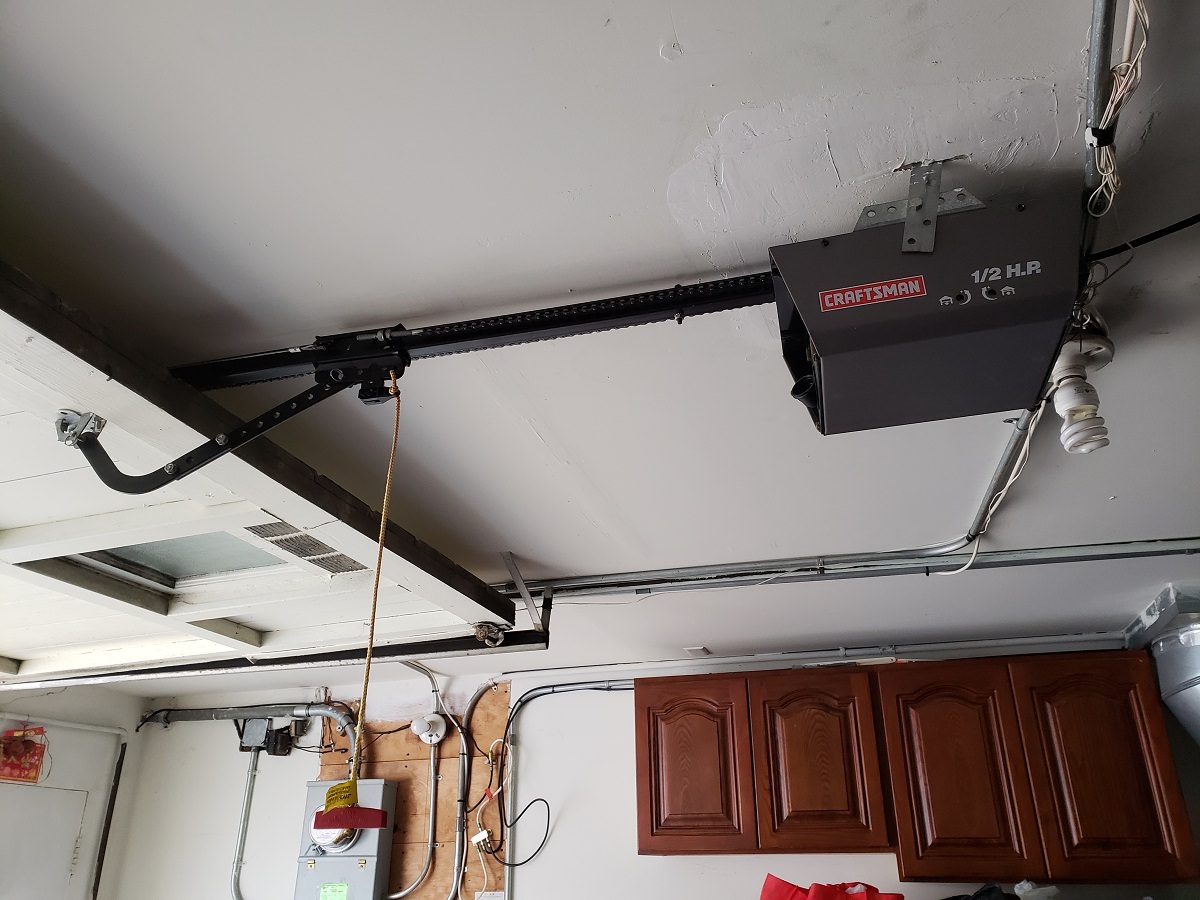
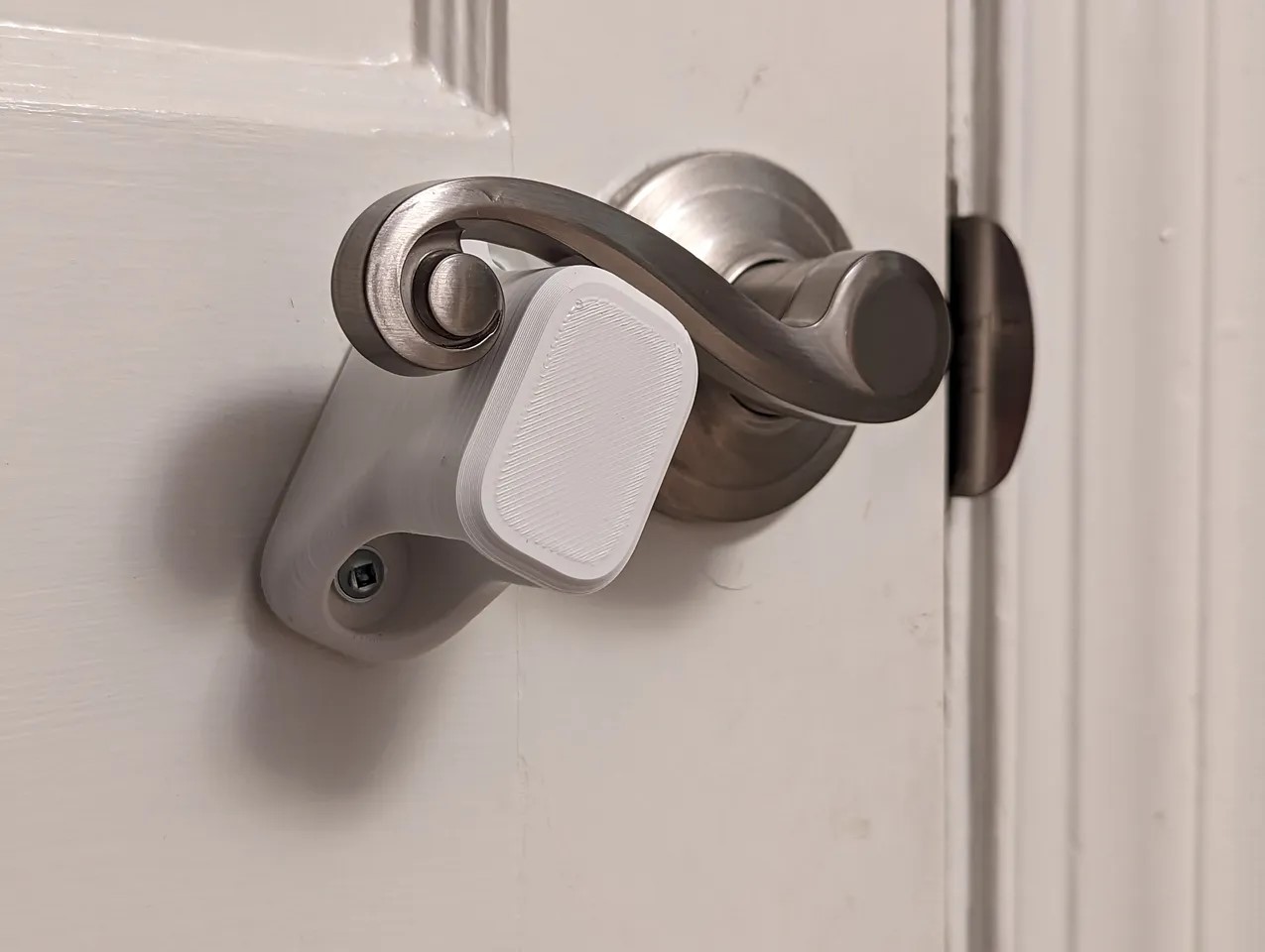
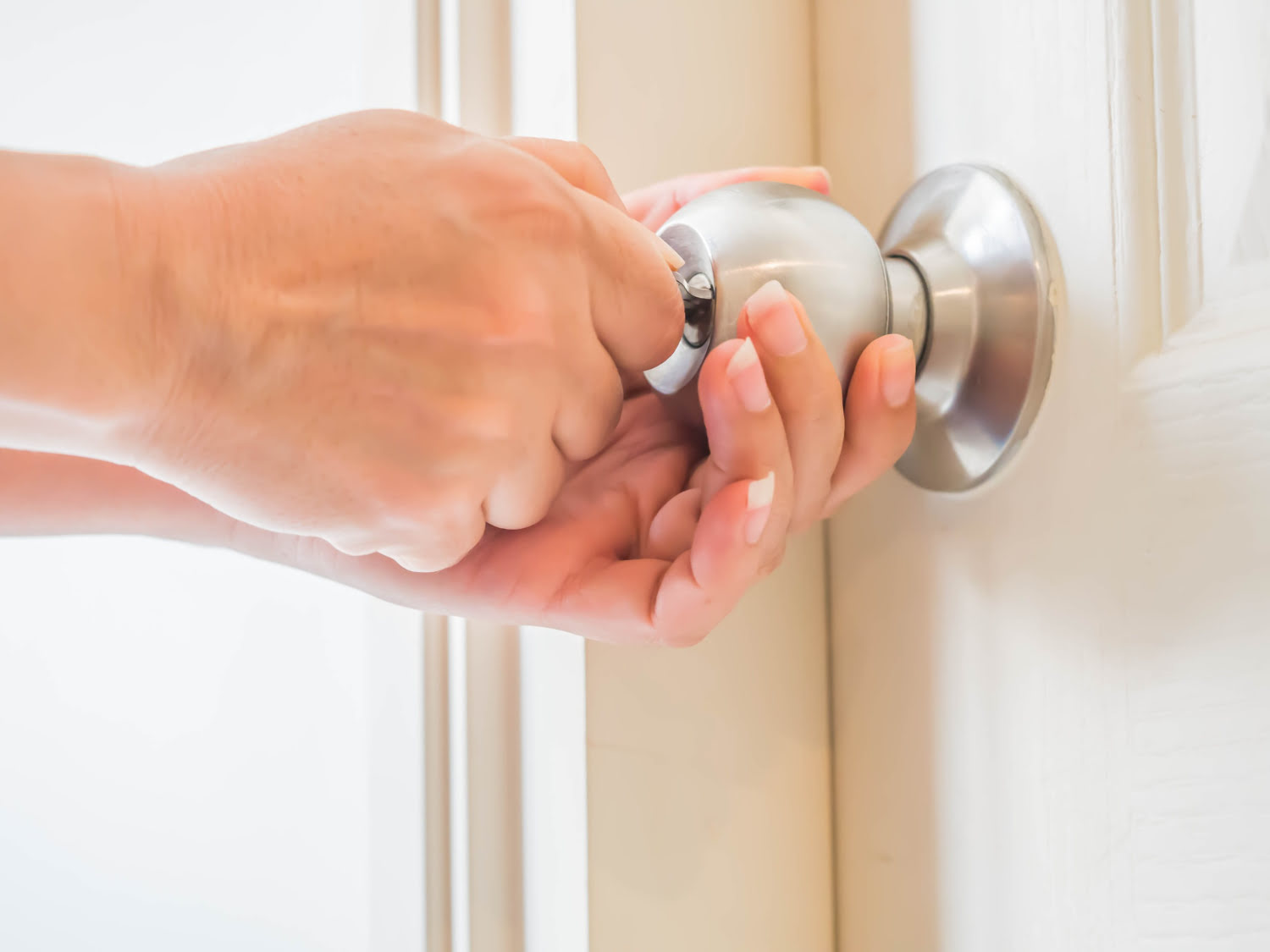
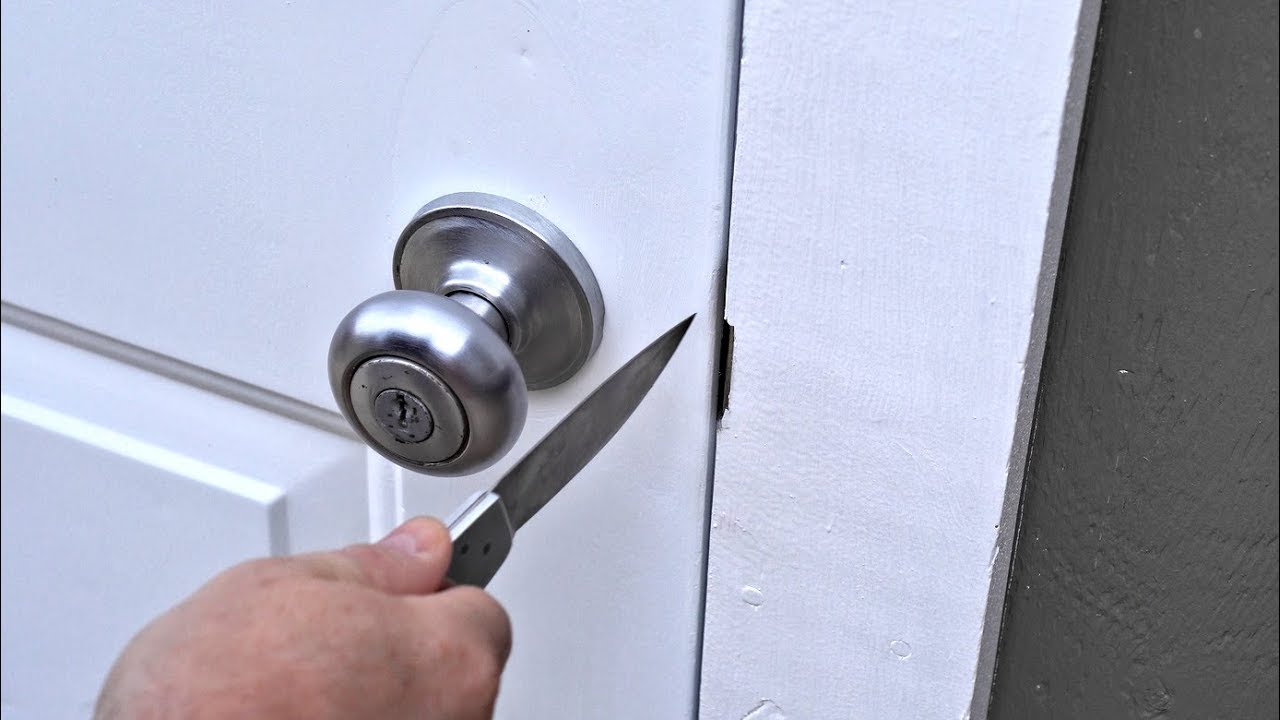
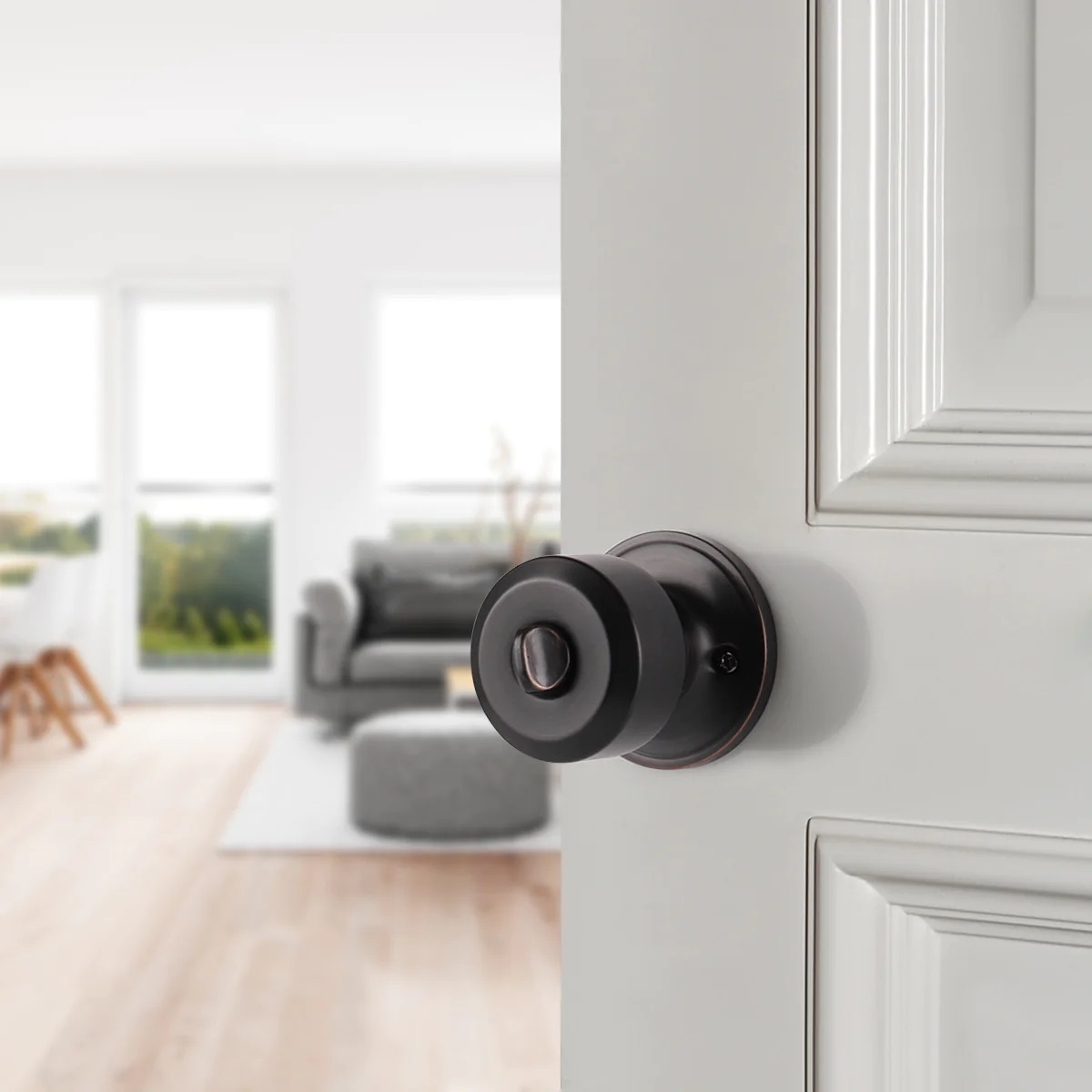
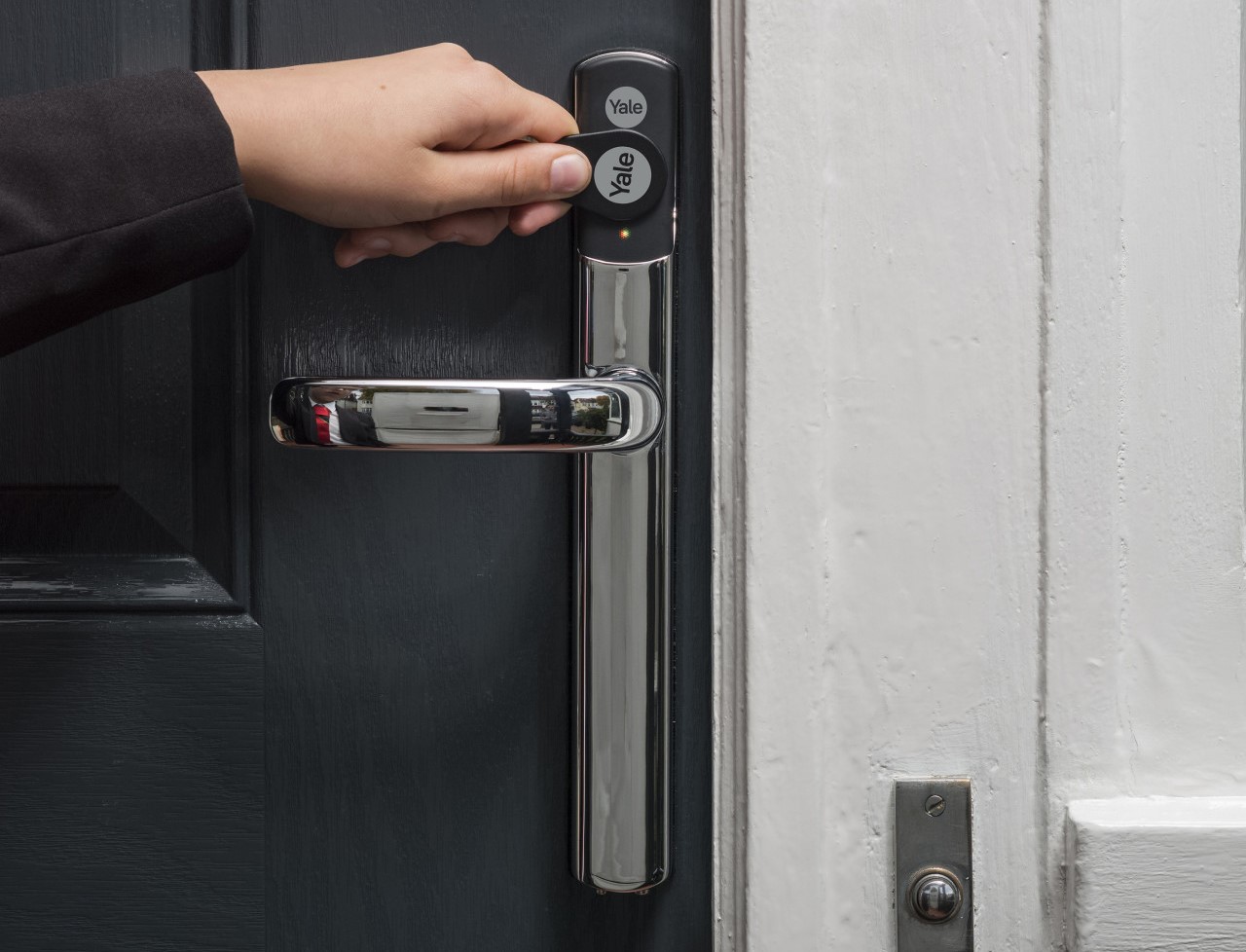
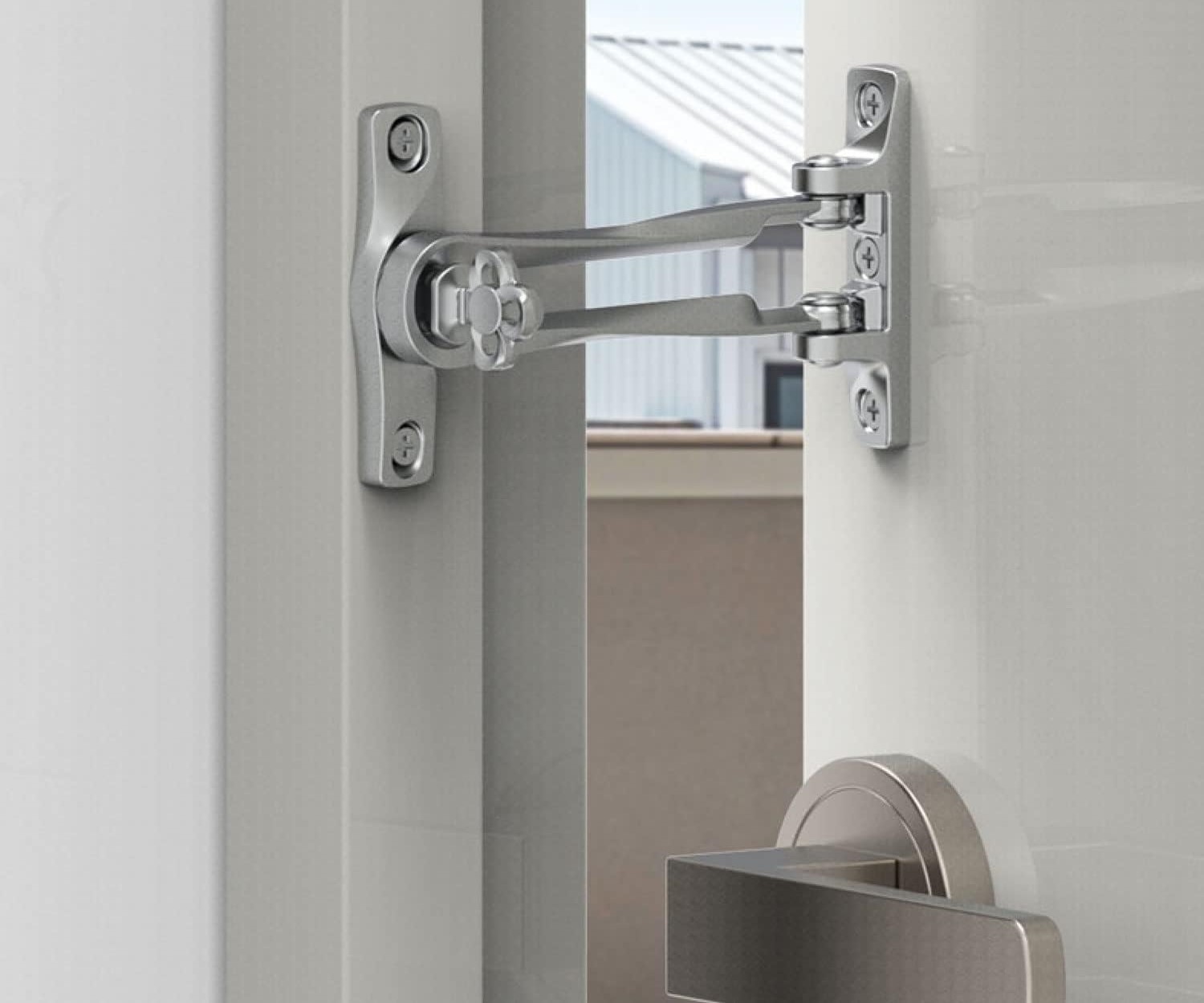
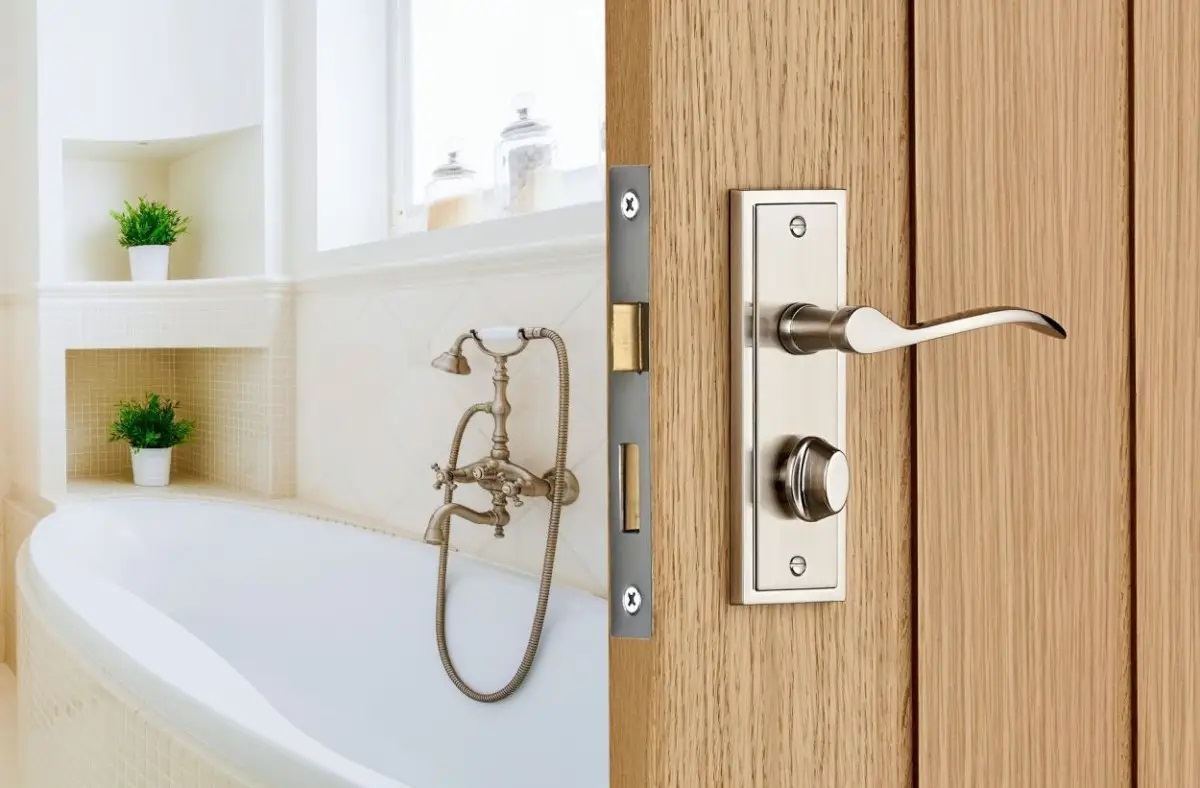
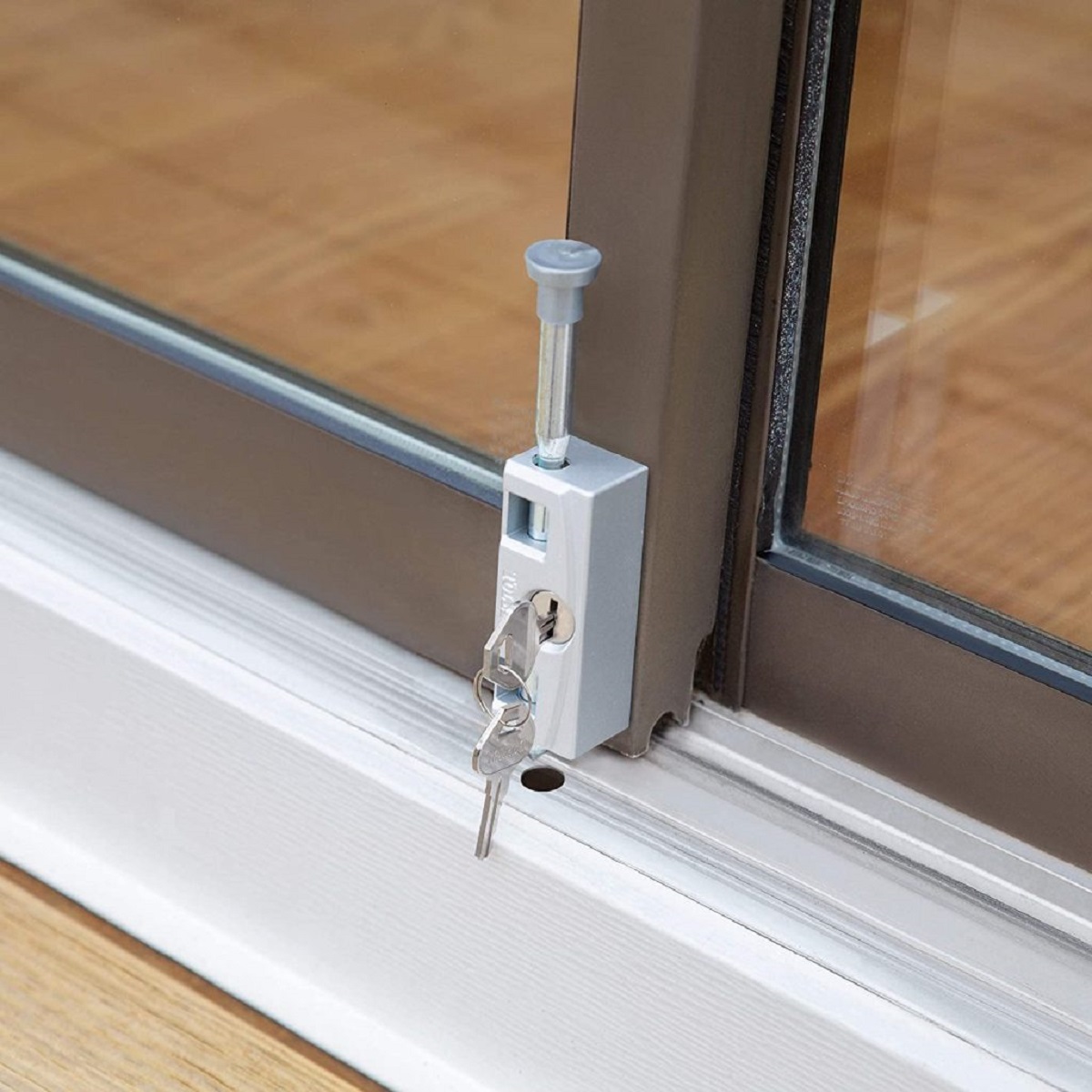
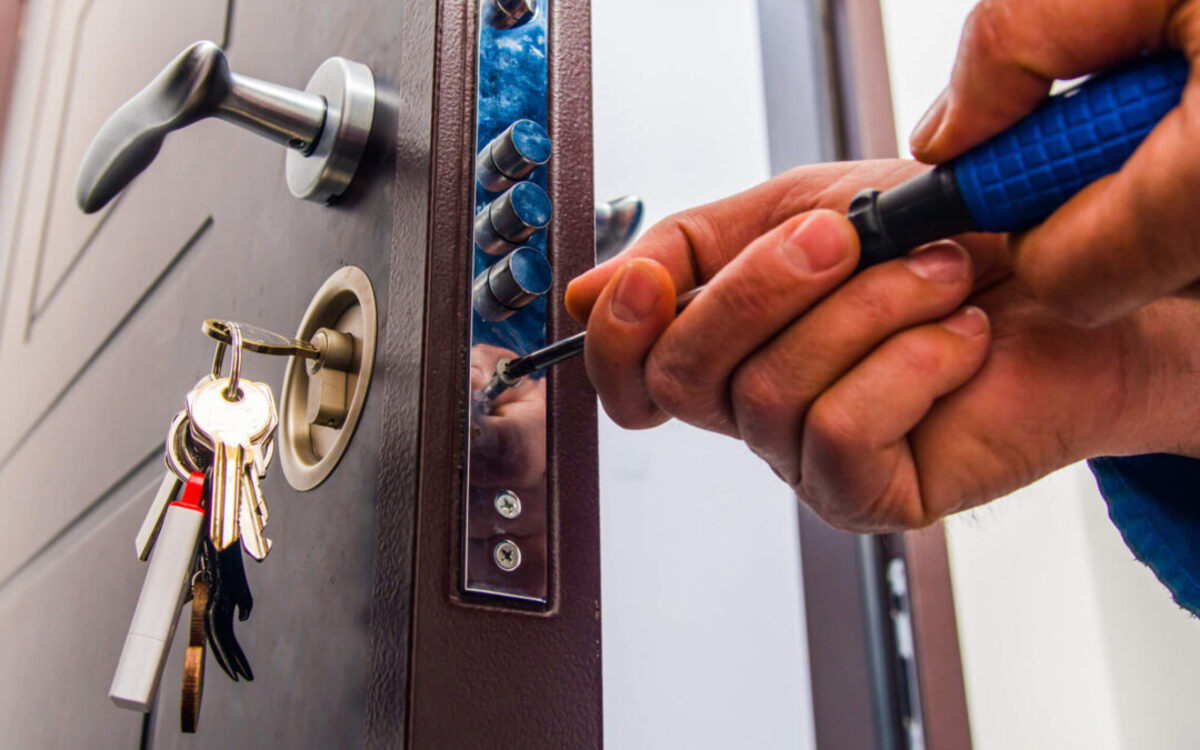
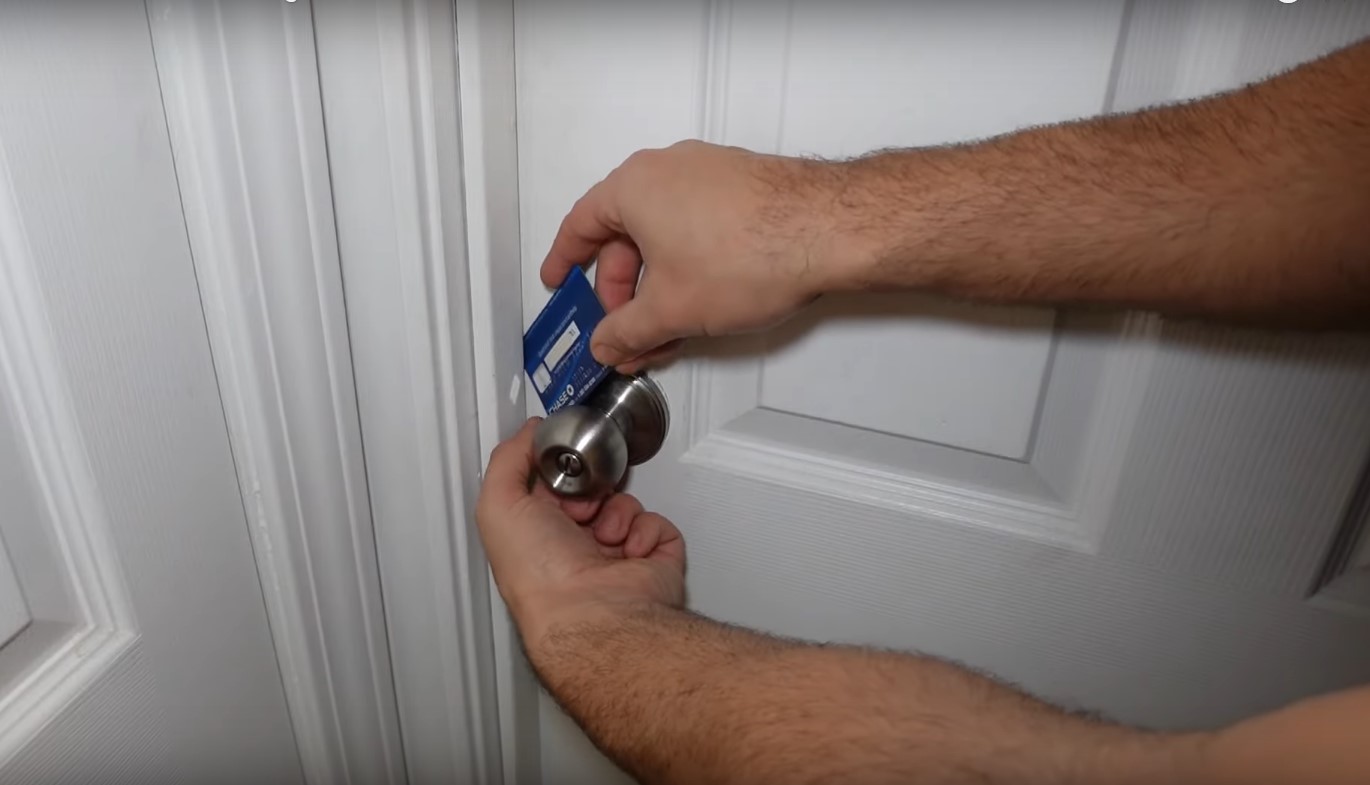
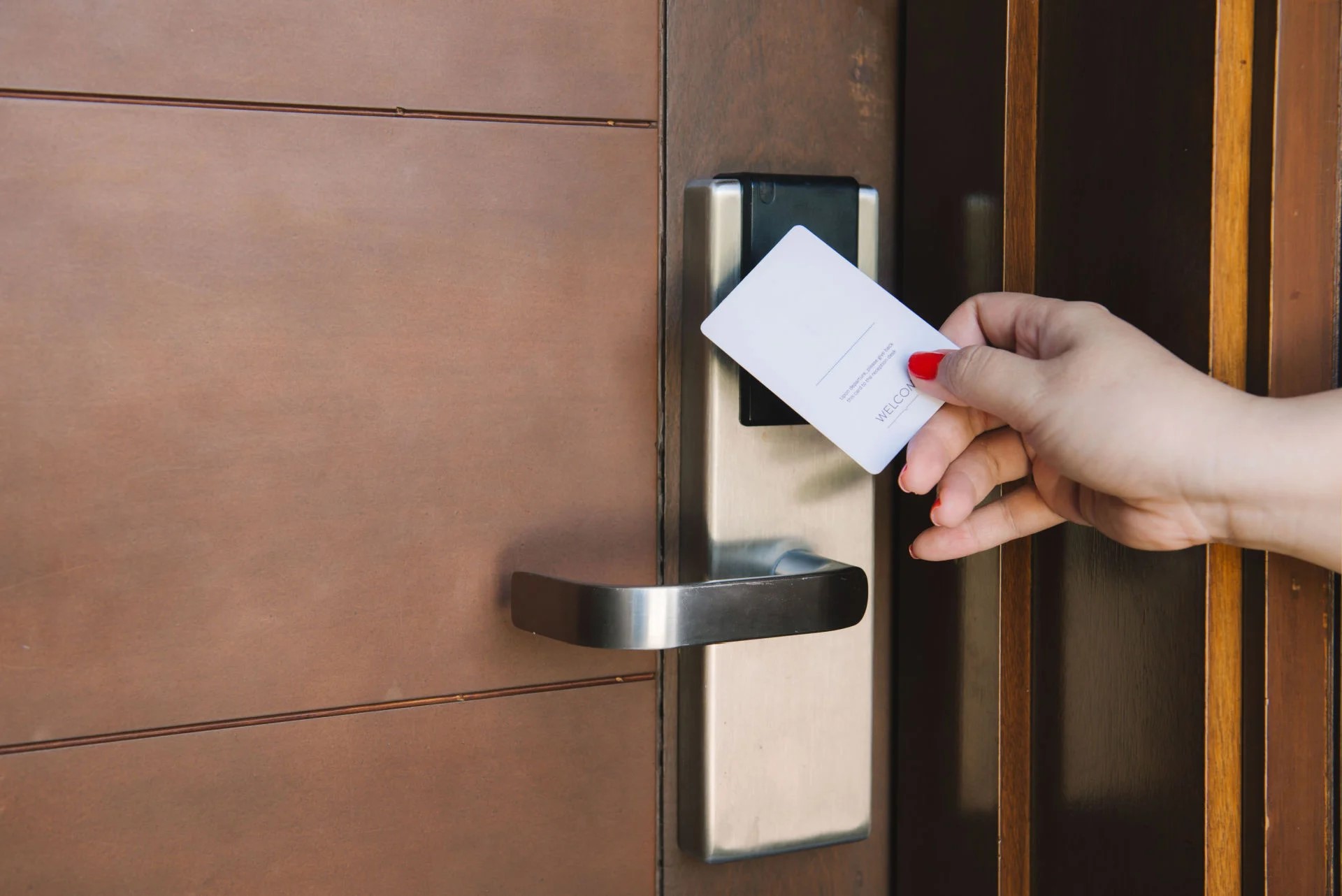
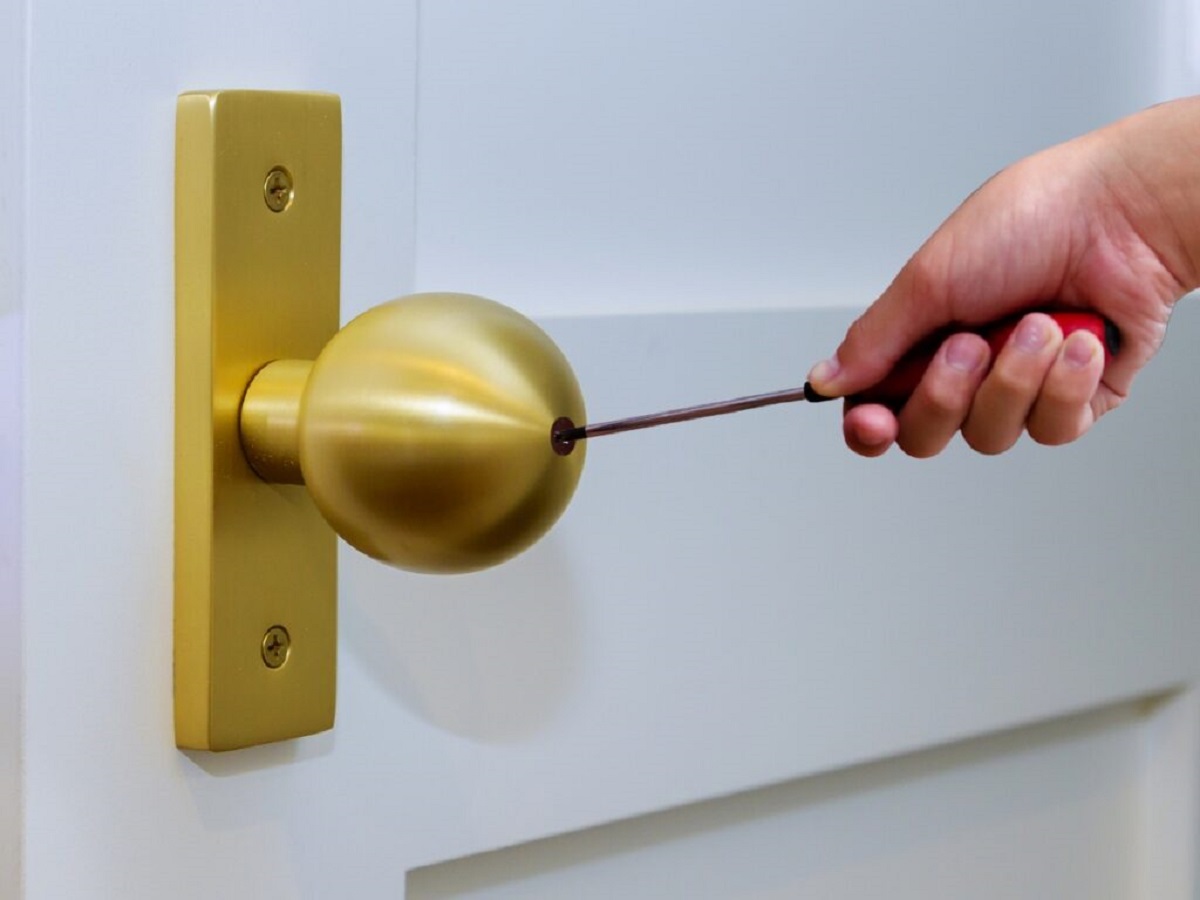
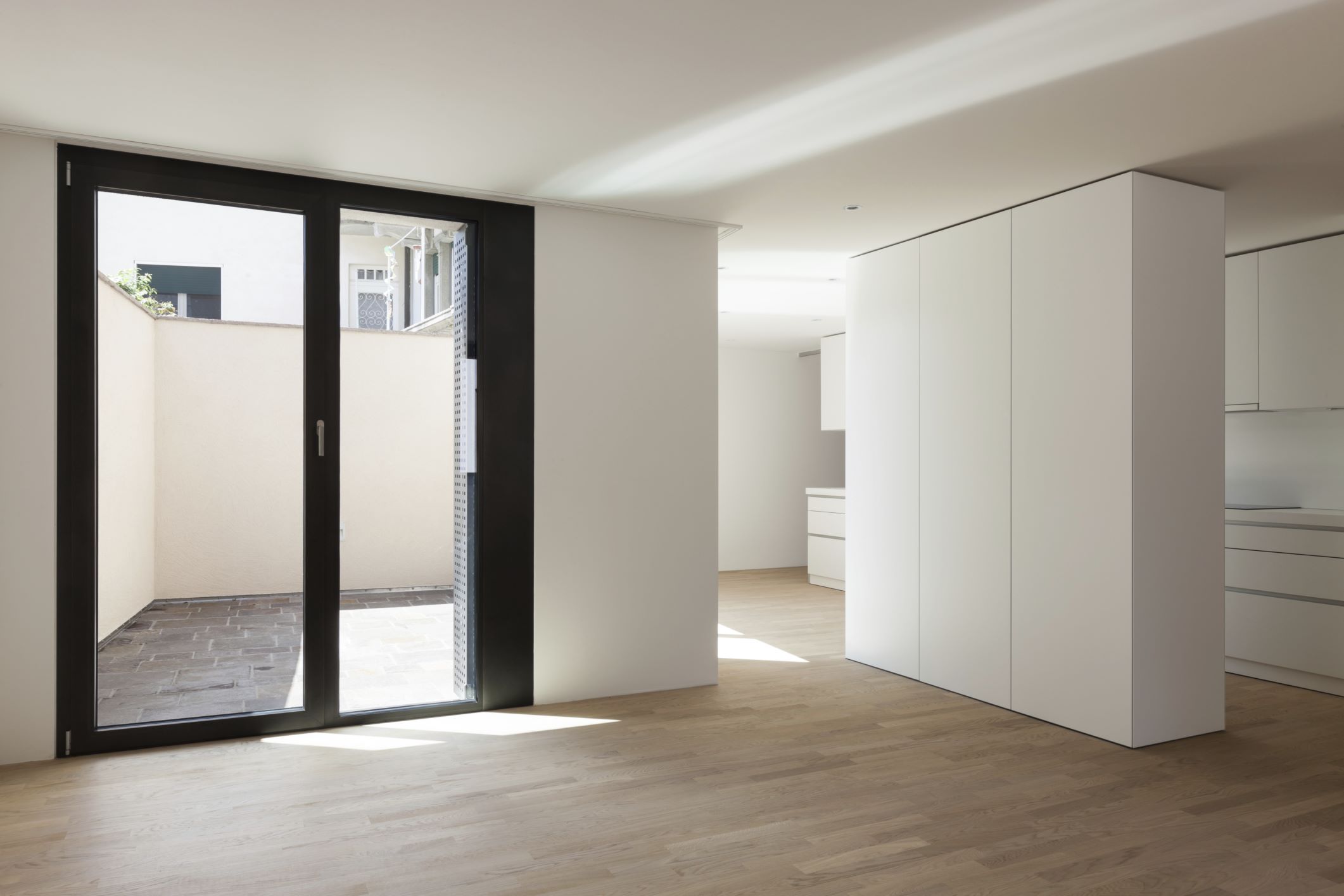

0 thoughts on “How To Open A Slam Lock Door”